
TECHNOLOGY MAPPING
Robots that perceive their environment; sense, understand, and learn to improve performance over time; and respond robustly and safely, even in difficult sensing conditions and changing environments, are key for many emerging robot applications.
The preceding chapters have detailed some of the current uses of robots, the potential impact that robots can have across all sectors of the Australian economy, and opportunities for future applications. Despite all the promise, where are all the robots?
While Australia has had robots in manufacturing since the 1950s, there are still many heavily manual occupations, such as construction, where robots do not seem to have made inroads. Activities like manufacturing and logistics can be highly ordered and planned environments where robots operate separately from people. To date however, only large manufacturers have been able to impose sufficient structure on their operations to make best use of robot capabilities while SMEs have failed to take advantage of the benefits robots can provide. To have impact in SMEs in manufacturing and other sectors of the economy, robots need to be able to operate in disordered and even chaotic unstructured environments, and, near people. This requires robots to be skilled at making intelligent decisions in a constantly changing world and to do so in a way that is safe to humans.
Robotic vision, the application of computer vision to robotics, is the standout example of the breakthrough science and technology required to enable robots to operate safely in unstructured environments. Robots that perceive their environment; sense, understand, and learn to improve performance over time; and respond robustly and safely even in difficult sensing conditions and changing environments, are key for many emerging robot applications. However, vision, or seeing, is a complex process.
In some robots, vision may involve more than the processing of visual information from cameras, including sensory information from LIDAR, radar or ultrasonics. Natural vision is tightly coupled to both memory and action. Robots must be able to understand the scene around them to robustly perform tasks that involve objects and places. They must also be able to use their vision to control actions and take account of rapid and continuous feedback. Robots with visual perception – that can see and respond as humans do – are necessary to sense, understand and operate in complex and unstructured real-world environments.
Robots of the future are likely to look very different to those seen in the world today. People no longer expect robots to appear like humans, and the boundaries between smart materials, artificial intelligence, automation and robotics are blurring [BBV17]. Robots will also be able to do an ever-increasing range of activities. It is anticipated that robots of the future will:
- protect, care for, and keep people company throughout their lives
- cultivate and tend to food supplies
- transport people and materials without being given instructions
- explore space and colonise extra-terrestrial environments
- monitor and repair both the built and natural environment
- be nano-sized and deployed in the human body to detect and fight disease, and
- build and repair themselves.
Robots of the future may be more like artificial organisms, applying many of the characteristics of biological organisms and, in some cases, integrating with them. Smart skins are an application of this that can be applied to both robots and humans. Smart synthetic skins can give robots (and prosthetics) better tactile sensitivity [ACS16]. When applied to humans, they may develop into smart bandages or power-assisted clothing [BBV17]. Eventually, soft robotics could be used to restore the functionality of diseased and damaged organs and structures. Smart prosthetics may enhance human capabilities and overcome disabilities caused by accident or disease, with the next step being integration of biomechatronic body parts to both humans and animals, creating blended, cybernetic organisms (cyborgs).
This chapter details the technological advances that will see robotics applied across all sectors of the Australian economy. These will build on grand challenges identified by the global robotics community [SM18] and the Australian Academy of Sciences (AAS) report on the Future of Autonomous Robots, which details research gaps [AAS18] but also recognises that truly transformative advances often come from unexpected directions. Finally, Amara’s Law recognises that while humans overestimate what might be achieved by technology in the short term (5 years), they tend to underestimate what can be achieved in the long term (15 years) [AL17]. Twenty years ago, unmanned aerial vehicles (drones) were only accessible to nation states and now a child can afford, and fly, an autonomous drone. It was only 11 years ago that the DARPA Urban Grand Challenge saw the world’s first demonstration of self-driving cars and now there are self-driving cars being tested on the world’s roads. The pace of technological change is rapid and many ideas that once seemed far-fetched are now within reach.
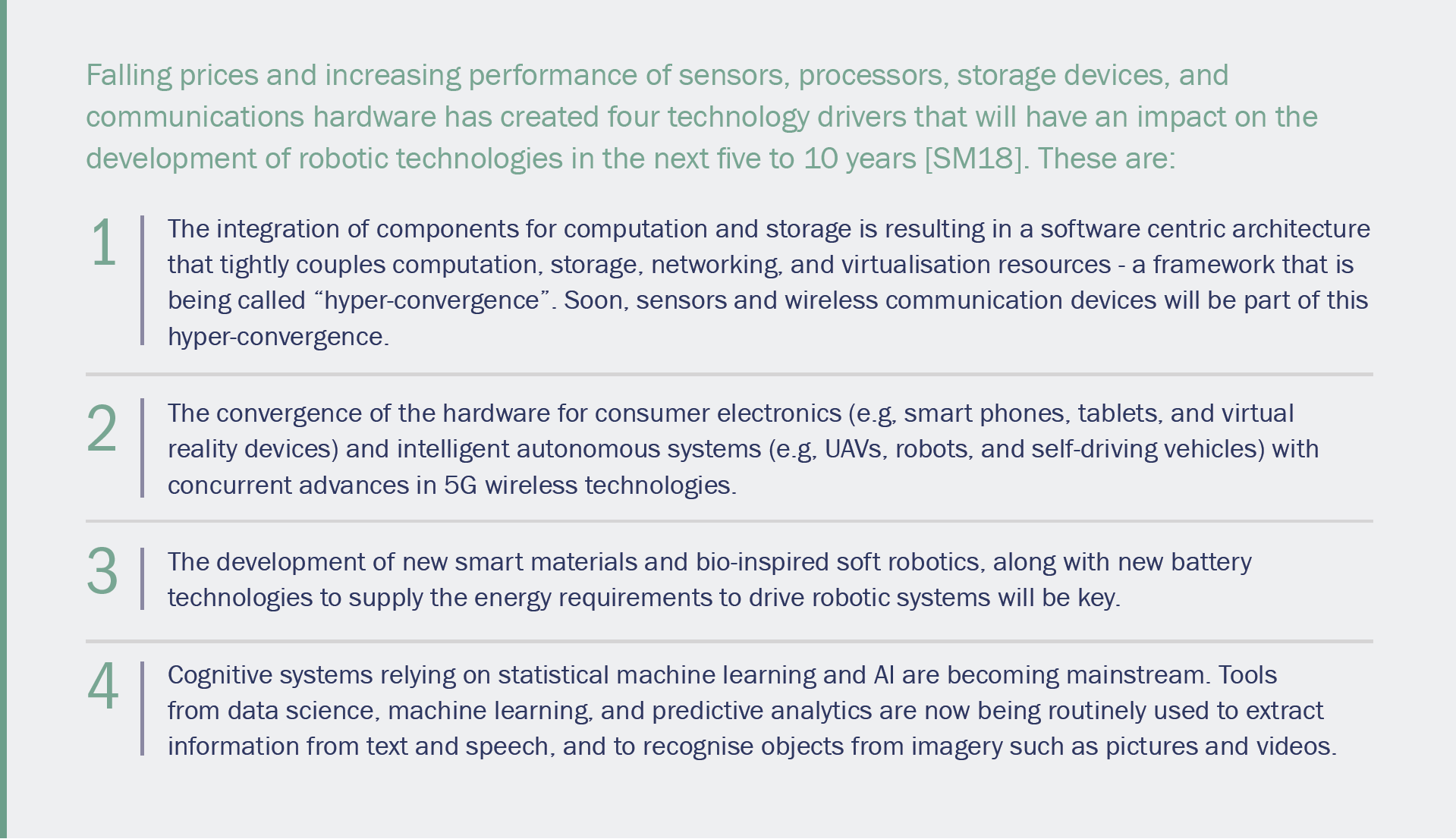
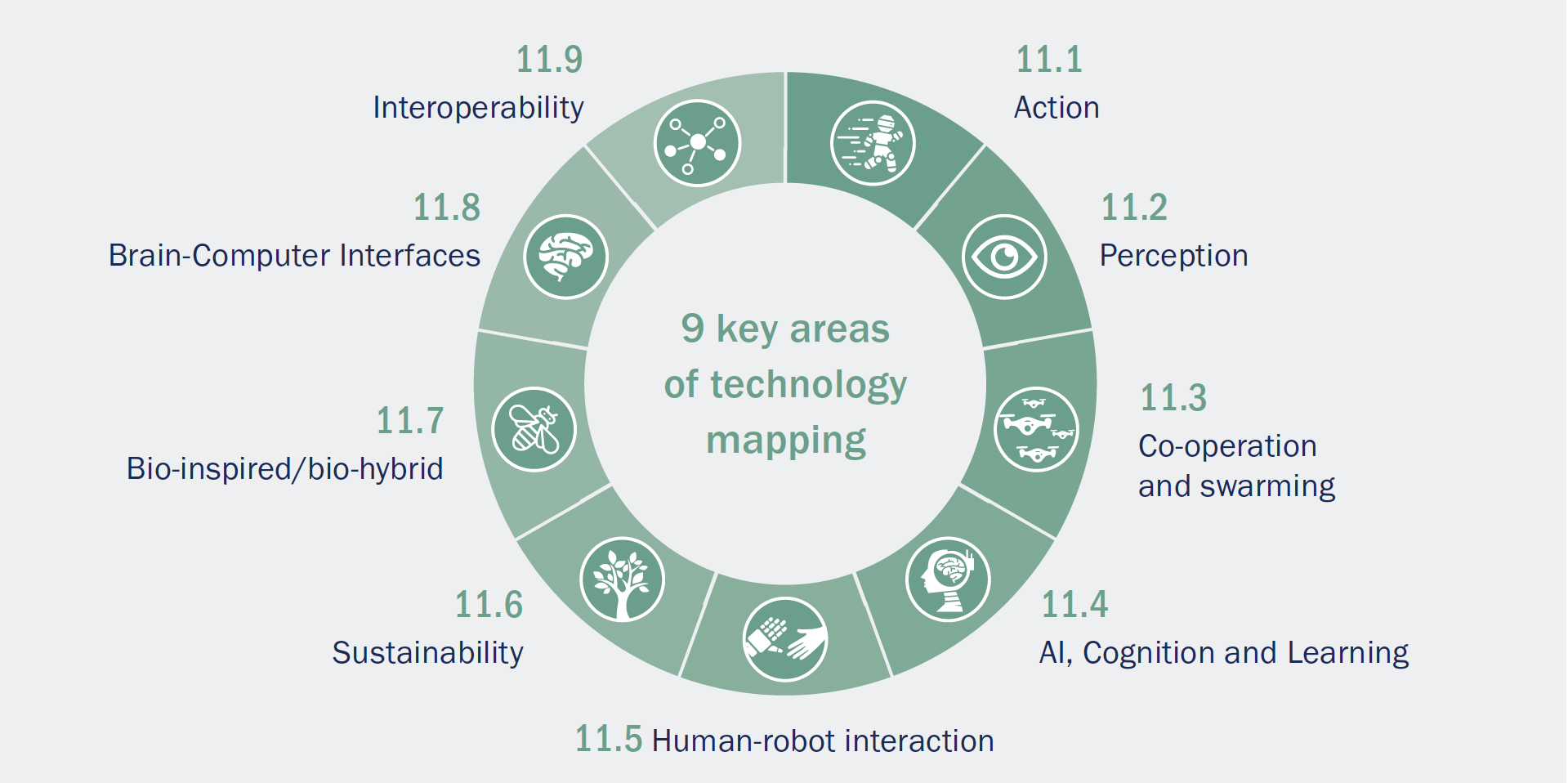

The characteristic feature that turns a machine into a robot is the ability to take autonomous action. This may be through...
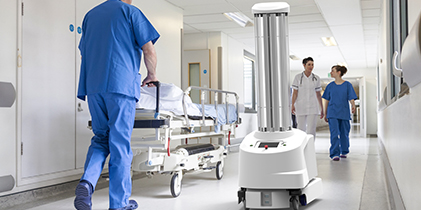
Perception describes how robots sense and process data to obtain an understanding of their environment. For...
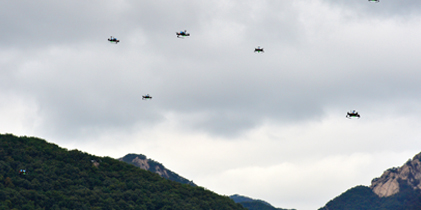
As robots increase in number, their activities will need to be co-ordinated. There will be opportunities for robots...

AI and learning are critical to robot cognition; that is, the way robots acquire knowledge and...
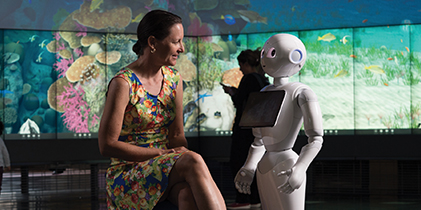
Future robots will be expected to work safely side-by-side with people in a variety of different situations. To...

Robots currently consist of gears...
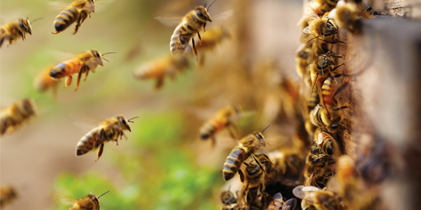
Bio-inspired robotics rely on the use of fundamental biological principles translated into engineering design rules...

Robots of the future will also benefit from brain-computer interfaces (BCI). A BCI forges a direct, online communication...
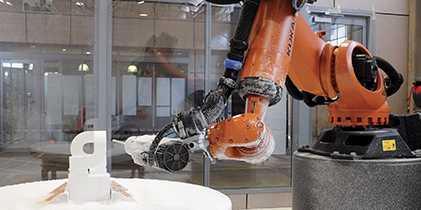
The enormous growth in the field of robotics has created a large number and variant of robot products, including...
